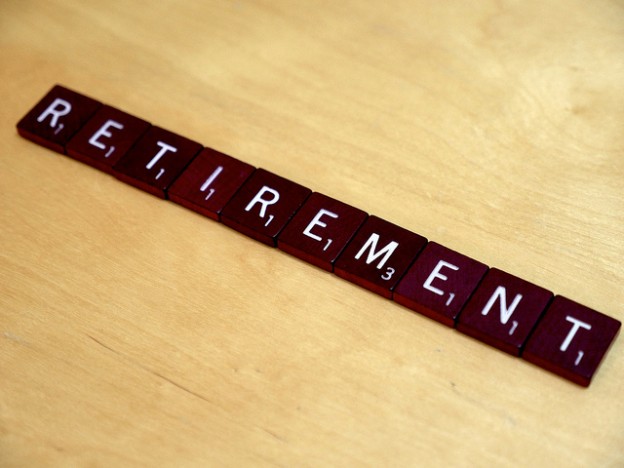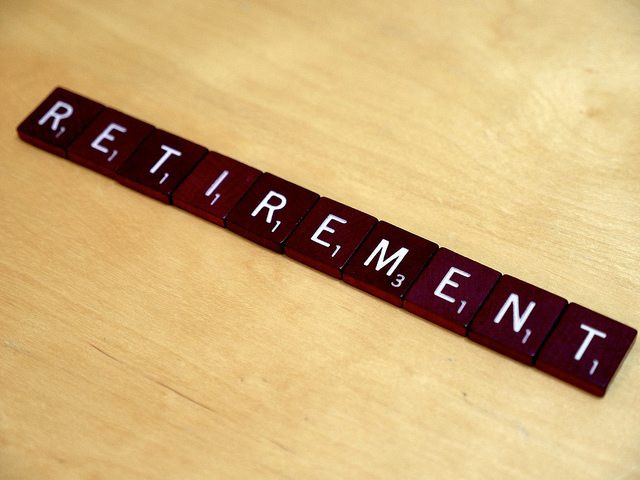What is CSRS Offset and How Will it Affect Your Retirement

When the legislation passed requiring all federal workers to have Social Security coverage, a retirement coverage that would end up as the CSRS Offset was born on the 1st of January in 1984. Due to issues and incompatibility between Social Security and the CSRS, the CSRS Offest came to fruition.
For most federal workers, they become placed under the CSRS Offset coverage due to being eligible with time served to be granted benefits under the older coverage but also had a gap during their federal career. If these workers went back to a federal post after the first day of 1984 after at least a full gap year, they are more than likely to be under the Social Security coverage. The CSRS Offset allows these federal workers to keep favorable attributes of the previous CSRS system but also be able to receive coverage through Social Security.
Those that are placed under CSRS, they contribute to Social Security and CSRS. However, instead of the normal 7 percent of their earnings going into the CSRS, it will be decreased to just .8 percent. For workers that fall under the special employees category, it would be 1.3 percent from 7.5 percent.
Those that are under CSRS and CSRS Offset pay the same contribution as their retirement coverage. Still, the 7 or 7.5 percent will be directly put into CSRS for those under this system, and those that are under the CSRS Offset will pay the .8 or 1.3 percent, and the rest into Social Security at 6.2 percent.
Federal workers under the CSRS Offset that have earnings over the Social Security taxation limit, which is $139,000 this year, your contribution will be redirected to your CSRS once you reach the limit.
To be eligible for retirement, both CSRS and CSRS Offset workers have the same requirements which are that they must be at least 55 with a minimum of 30 years worked; they must at be the minimum age of 60 with 20 years of service; they must at least be a minimum age of 62 with five years of service.
Yearly pensions are formulated in the same manner for both CSRS and CSRS Offset workers: 1.5 percent of their high-3 average earnings times the initial five years of their career plus more; 1.75 percent of their high-3 average salary times the following five years of their career plus more; 2 percent of their high-3 average times the remaining years of their career worked.
People that retire under CSRS will get their entire pension throughout their whole lives. Those that retire under CSRS Offset will only get the full amount until they are 62 years old. Once they are 62, their payments are offset or cut if they are qualified to receive Social Security benefits.
Even if the individual does not enroll in Social Security, the Offset will still happen. Those that retire at 62 or older will have the Offset happen right after.
Because those that are under the CSRS Offset did not make a full contribution to the CSRS, they receive a lesser pension than those that are under the CSRS.
However, CSRS Offset employees receive a full pension until 62. When they are eligible for Social Security., they will be able to have those payments assist with their CSRS Offset payments.
The Office of Personnel Management will offset the CSRS pension by about the same amount as to what Social Security benefit was received when the worker was receiving benefits from CSRS Offset. The pension portion that depended on years of full CSRS contribution was not deducted.
The offset amount is the lesser of the amount calculated by multiplying your total years of working under CSRS Offset divided by 40 and then times on your monthly Social Security payment at 62 years old. Or the SS benefit earned while working under CSRS Offset.
The SS benefit that is earned while under CSRS Offset is very difficult to come up with an amount until your career has ended. So the first option is generally the formula that is used to get an idea of what the offset amount will be. The ensuing number is the maximum of what the Offset should be.
Now, the age of 62 has been mentioned multiple times now in this article in regards to Social Security payments, but that does not mean you have to enroll in SS then if you can have another income stream to make up the Offset. At this time, until you start your Social Security benefits, you may need to start tapping into your IRA funds or Investments.








